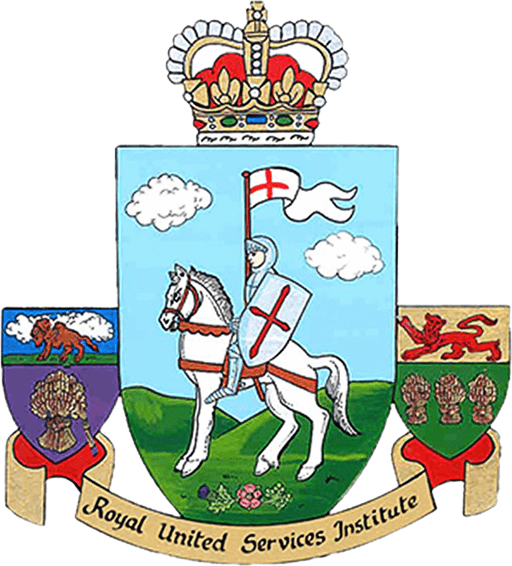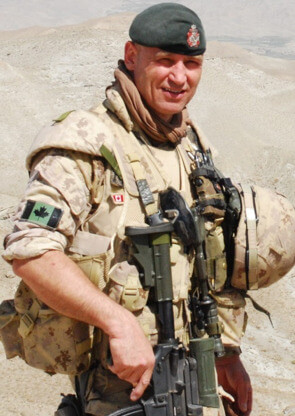Canada joined the War in Afghanistan in 2001 after the New York World Trade Centre terrorist attacks of September 11th that year. Al-Qaeda, the organization that made these attacks, was supported by the Taliban government of Afghanistan. Canada fought there until 2010 and then shifted its role to training friendly Afghan troops after the fall of the Taliban. Fighting had persisted so long because the Taliban adopted guerilla tactics. Canadian Armed Forces left Afghanistan in 2014.
Taliban resistance forces wore no uniform and could blend in with civilians. Canadian troops needed to be on guard at all times when outside of their bases, because attacks could come from anywhere at any time.
Taliban forces also used improvised explosives devices, or IEDs. These were sometimes worn as vests by suicide bombers or mounted inside vehicles. Many IEDs were buried in roadways and towns. Canadian troops had to be on constant watch for these hidden bombs that caused many deaths and injuries.
The lack of distinction between civilians and enemy meant that even in a combat scenario soldiers had to be especially watchful and careful when engaged in combat. The stress of this environment resulted in Post Traumatic Stress Disorder being common amongst veterans.
The Royal Canadian Air Force ferried supplies and troops to Afghanistan in C-130 cargo planes. Mid-air refueling was required for long, pan-arctic flights.
Besides military training programs to build a more robust Afghan army, Canada also spent $2.2 billion on aid and development programs for the people of the country. The intent was to help build an Afghan state capable of resisting the Taliban on its own.
Canada was one of several countries in a coalition determined to free Afghanistan of the Taliban. Canadian military personnel were often engaged in working directly with local leaders as well as the people in towns and villages in the Kandahar region where Canada’s responsibilities were concentrated. Many Afghans risked themselves to work closely in support of Canadian soldiers in their military and community-building roles.
After 2010, the efforts of the Canadian military shifted to training Afghan troops so as to ensure the continued protection of Afghanistan from insurgents. This laid the groundwork for the eventual withdrawal of Canadian forces.
The withdrawal from Afghanistan began with the shift towards training in 2010 and the slowing down of military operations in the region of Kandahar, the area of Canada’s responsibility in Afghanistan. The US military would take over responsibilities in the area but would still see the same difficulties that Canada did in the region. The United States would later pull out of Afghanistan in 2021.
A total of 40,000 Canadians served in Afghanistan. Canadian casualties were 165 killed, including seven Canadian civilians working alongside the military. More than 20,000 were wounded or injured. Many veterans also carried home deep psychological scars.
Quote from Patrick Simon Moulden on the psychological effects he endured.
Lieutenant-Colonel Edward E. Staniowski joined the Canadian Armed Forces (CAF) Primary Reserves in 1985 as an Officer Cadet in the Royal Regina Rifles (RRR). While with the Rifles he served as Platoon Commander, Training Officer, Adjutant, Company Commander, Deputy Commanding Officer and was Commanding Officer from 1998 to 2001.
LCol Staniowski served on 12 international deployments including six with NATO’s International Stabilization Assistance Force (ISAF) in Afghanistan. His longest deployment to Afghanistan was 11 months in Regional Command South in 2008 and his final tour was as Senior Mentor to the Afghan National Army Staff College in Kabul (2009-10). Service with Foreign Allies while deployed included training and operations with the armies of Afghanistan, Australia, Germany, Great Britain, France, New Zealand and United States.
Sources
Lieutenant-Colonel Edward E. Staniowski
Patrick Simon Moulden
Written by: Michael Lorch & Evan Foster, of the University of Regina.

